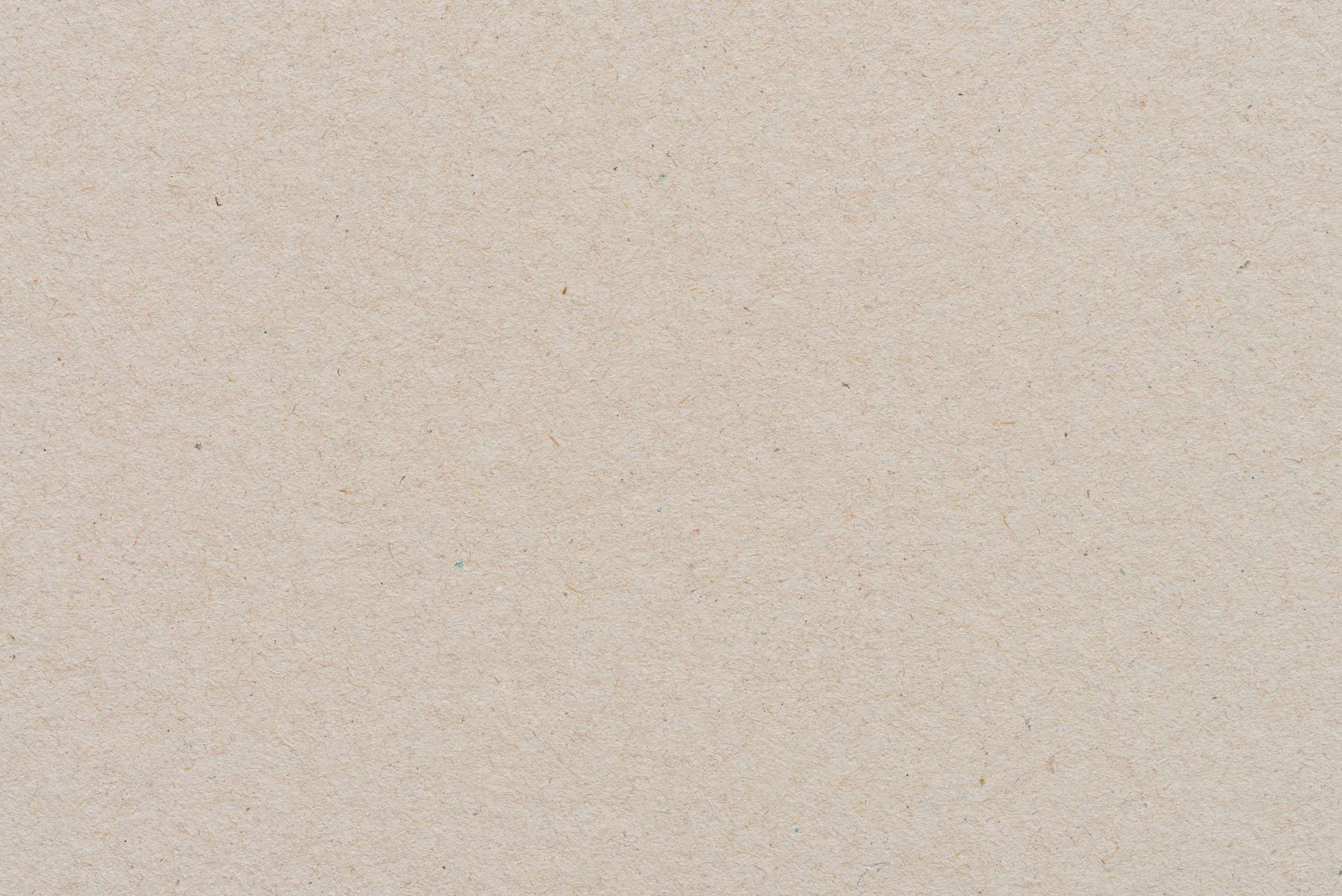
Spirals in Nature
LESSON 5
Children explore the concept of spirals in nature by reading a story, observing spirals on a nature walk, and creating their own spiral designs using natural materials.
The book “Swirl by Swirl: Spirals in Nature” by Joyce Sidman
Natural materials like rocks, shells, twigs, flowers, acorns, beans, etc.
Materials
Preparations
Plan a nature walk
Guide children in recognizing and identifying spiral shapes in nature.
Facilitate a nature walk to help children observe and collect natural materials with spiral patterns.
Provide materials and support for children to create spiral designs, fostering their creativity and fine motor skills.
Encourage observational and critical thinking skills through discussions about the spirals.
Objectives for Teachers
Children identify and recognize spiral shapes in nature through observation and discussion.
Children engage in a nature walk to collect natural materials and find examples of spirals in the environment.
Children create spiral designs using collected natural materials, enhancing fine motor skills and creativity.
Children develop observational and critical thinking skills by discussing the spirals found and created.
Objectives for Children

Collect and Connect
Practice saying the poem “Snail Shells” together with the actions you came up with.
Snail Shells
A curly suit of armor,
That’s the snail’s spiral shell.
It protects the snail from drying out,
From hungry mouths as well.
A shell is like a caravan,
It allows the snail to roam.
But if you take one from the garden,
It will find its way back home!

Activity Flow
Begin by revisiting the concept of habitats and the snails you've been caring for. Discuss any observations the children have made about their snails, particularly noting the spiral shape of their shells.
Then, introduce the book "Swirl by Swirl: Spirals in Nature" by Joyce Sidman. Share with your child that this book is about spirals, and how they appear in nature. Just like the spiral on our snail's shell, spirals can be found in many places. You just have to look for them.
Read the book together, pointing out the various examples of spirals found in nature. Ask questions to engage the children, such as:
What spirals do you see in the pictures?
Have you ever seen something like this in nature?
4. After reading, discuss the book with the children. Some questions to guide the discussion:
What did you learn about spirals?
Why do you think spirals are important in nature?
Can you think of any other examples of spirals?
5. Next, head out on a nature walk to look for spirals in nature. Provide each child with a small basket or bag to collect natural materials (rocks, seeds, acorns, flowers, leaves, etc.). As you walk, encourage them to look for spirals in leaves, flowers, shells, rocks, and any other natural items.
6. During or after the nature walk, explain that they will now create their own spiral designs using the materials they found. Provide additional materials if needed.
7. Encourage the children to arrange their materials into spiral shapes. As they create, it may be helpful to reference pictures in the story or natural materials that contain spirals like seashells.
8. Conclude the lesson by discussing the spirals they made, encouraging them to share their thoughts and ideas.



